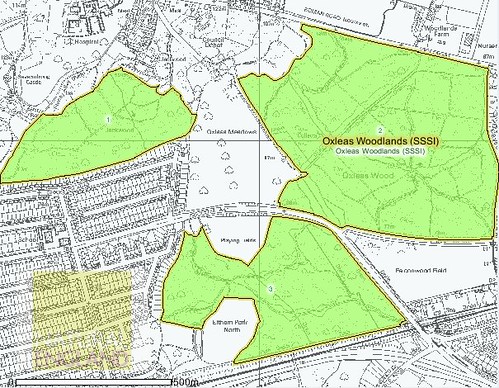
It was an early start on a clear, cold, crisp, winter Sunday morning when I headed down to Woodlands Farm to see the British Trust for Ornithology’s bird ringing demonstration. The ringers had already been there for a several hours, setting up the mist nets to catch the birds and making a start on the ringing.
Bird ringing is a very skilled job, and practitioners have to undergo extensive training by an experienced ringer and be licensed. As well as being able to recognise different species of birds and decide their gender and age they need to be able to disentangle the birds from the mist nets, handle them without harming them and crimp the rings on to their legs. They also need to be able to withstand pecking assaults by ferocious Blue Tits.
The BTO volunteer and Woodlands Farm Education Officer have been regularly ringing birds at the farm for about a year, though today was the first time it had been open for viewing.

They can ring as many as 60 or 70 birds in a morning, starting at dawn. While I was there they had a Goldfinch, Red Poll, Blue Tits, Great Tits and a Blackbird to ring, or record details from an existing ring. They also weighed them – dunked head first in a small pot on a tiny weighing machine. Sex and age were decided by looking at the plumage and the detailed colouration, size and wear of wing feathers. The lengths of the birds’ wings are also recorded. I am always amazed at how docile birds are when being handled by experienced ringers (notwithstanding attacks by Blue Tits).
The BTO have over 2,600 trained volunteer ringers in the UK and Ireland, who ring over 900,000 birds each year. This provides information to help understand bird movements and population changes, which contributes to conservation initiatives. They are keen for others to get involved, for example through their Garden Birdwatch or by reporting bird ring details.
Woodlands Farm is part of the Natural England Higher Level Countryside Stewardship Scheme which has a number of environmental aims such as reversing the decline of farmland birds, securing the recovery of UK Biodiversity Action Plan species and improving people’s enjoyment and understanding of the farmed environment. They are taking steps to improve wildlife habitats at the farm, for example by planting new hedgerows and encouraging plants that provide food for birds.
I have seen bird ringing demonstrations before at the British Bird Watching Fair and always find them fascinating. Hopefully Woodlands Farm will be able to let more people share in this activity.













